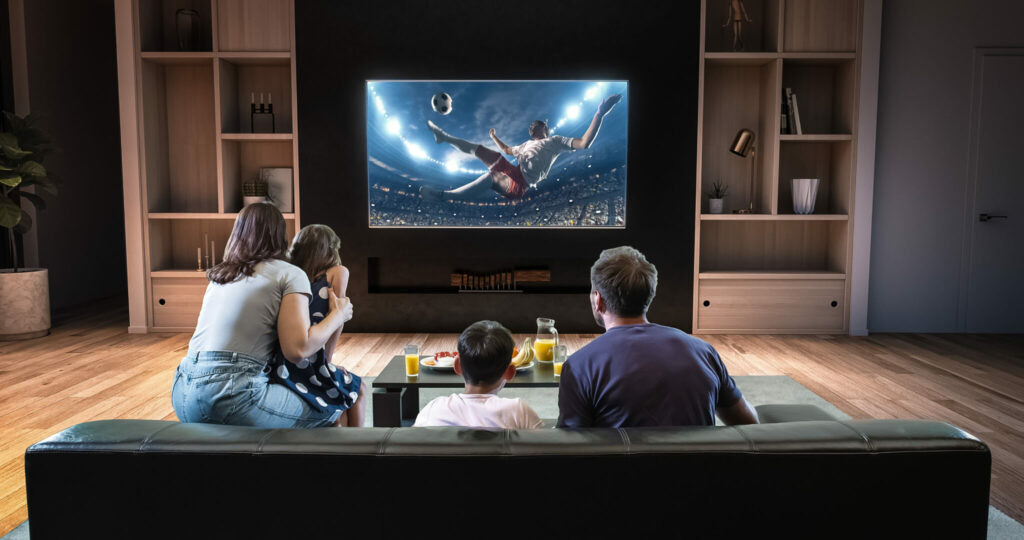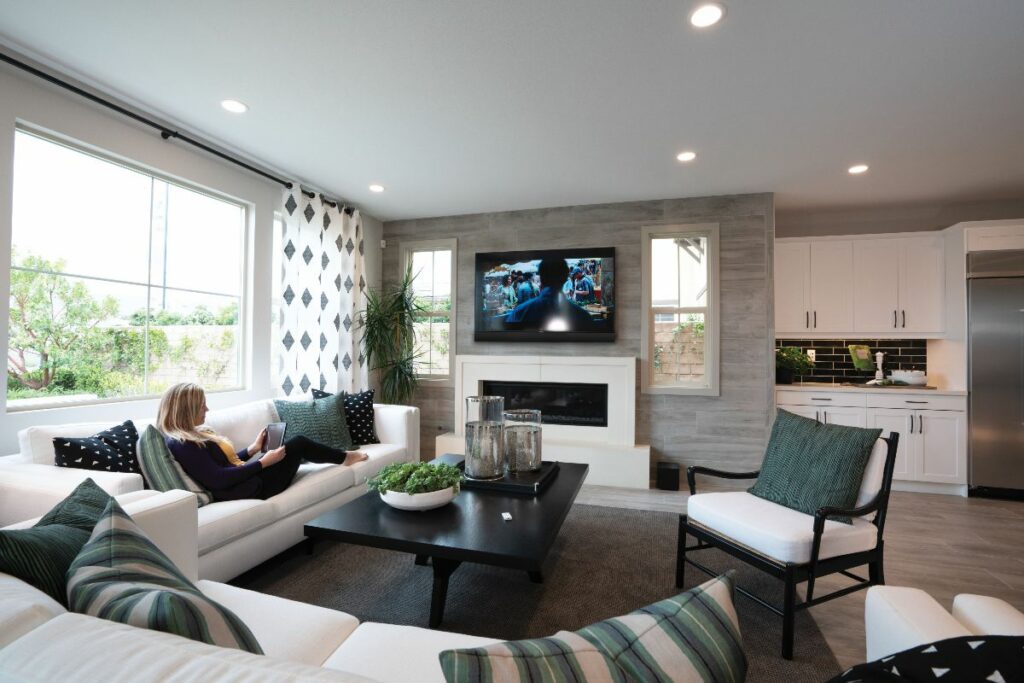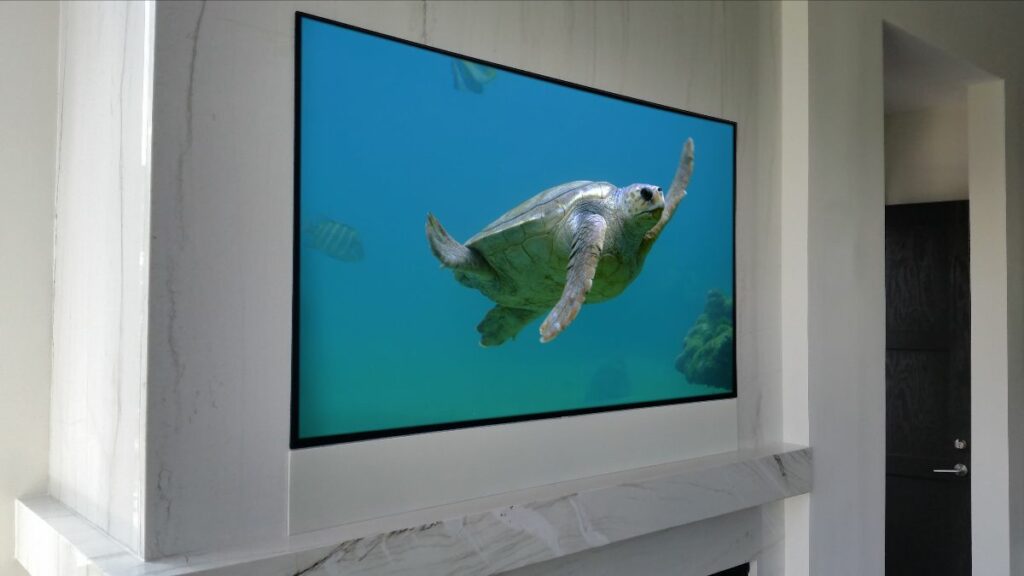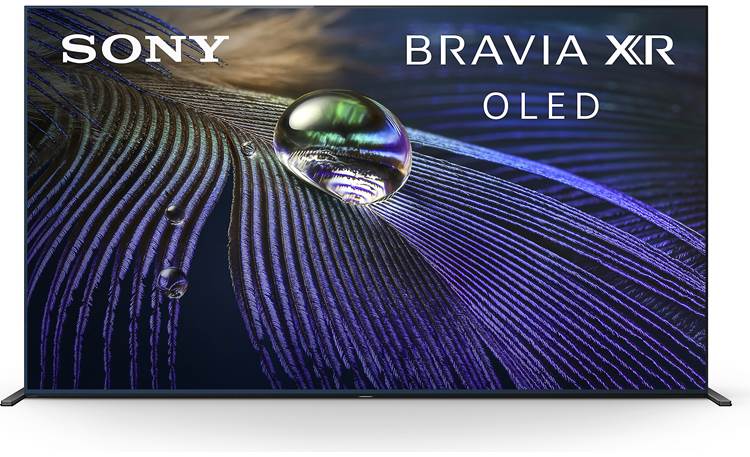TV Sound, Soundbars and Speakers for TVs. How to Improve Your Audio Experience
How does your TV sound? Do you use subtitles? A recent survey to find out why Americans using subtitles is a growing trend found that 50% of us watch content with subtitles most of the time. And, an internal Roku study in 2022 revealed that 58% of their subscribers use subtitles; 36% of which switch them on because of a diagnosed hearing impairment; 32% do it out of habit and the remaining third indicate a number of situational reasons, including using subtitles to avoid disturbing sleeping kids, and to help keep them focused on what they’re watching., Nearly 3 in 4 respondents claimed muddled audio from their content.
The good news? It’s probably not your fault that you can’t hear TV sound well enough to follow the latest binge-worthy series. Your TV speakers may play a partial role – we’ll get to that in a moment. he muffled audio may also be caused by the way your streaming services are choosing to air shows.

What has changed from the networks and streaming companies?
An industry unit of measuring loudness called LKFS (which stands for Loudness, K-weighted, relative to full scale) has traditionally been anchored to the dialogue. For years, audio engineers had to deliver content with sound levels within the industry-standard LFKS. As streaming companies took control of the industry, they overlaid their own loudness specs, some of which are un-anchored to the dialogue. There are several reasons for this, including artistic expression of TV and movie directors and producers. The result is that the dialogue becomes more difficult to hear. In summary, dialogue always used to be the loudest part of the sound coming from your TV; this is no longer always the case.
What about sound from my TV speakers?
The picture-related technology on our TVs has gotten exponentially better over the years, but as TVs have gotten thinner, the sound quality has been diminished a bit because flat TVs have less room for speakers. To produce full sound, physics dictates that a speaker needs to move a minimum volume of air. Additionally, the speakers on most TVs are located at the back – literally, the characters in your favorite show are talking to the wall.
Better TV Sound – The Rise of Soundbars
In many of the systems that Mills installs, we use in-ceiling, in-wall, and cabinet-style speakers for both TV sound and music. But what if this is not possible? In those cases, adding a soundbar will vastly improve your TV sound. At a minimum, soundbars have speakers that are better than the TVs, and they fire in the direction of the listener. Many soundbars can produce multi-directional sound – within the bar, there is a left speaker, a right speaker and a center speaker. The center speaker produces dialogue, so you can listen to every word of your favorite movie or TV show and it will be crisp and clear, while the side speakers will make you feel like you’re surrounded by audio.


Add a subwoofer for an even bigger boost to your audio experience. Some soundbar models are completely customizable to match the width of the television and can also be customized to perfectly match the color and finish of the television. Some soundbars can also be optimized for dialogue on the fly; for example, if you’re a Sonos user, Sonos offers its own dialogue-boost capabilities built into its soundbars and home theater speakers.
No room for a soundbar?
No problem! Sony’s OLED TVs are designed with what Sony calls Acoustic Surface technology. Simply stated, that stunning display IS the speaker. Behind the panel are four actuators that cause the screen to vibrate imperceptibly emitting sound waves. A subwoofer is built into the stand behind the display to round out deep and bass tones.

An algorithm paired with the Acoustic Surface technology interprets what’s on the screen and sound is projected directly from its visual source – voices are emitted directly from actors’ mouths, background noises like rain or crickets chirping in the background are emitted from a different area of the speakers than the foreground noise, creating a sensation of depth and layers of texture. Not only does the TV look incredible, but it also sounds incredible.
Want to learn more? Contact us today!
